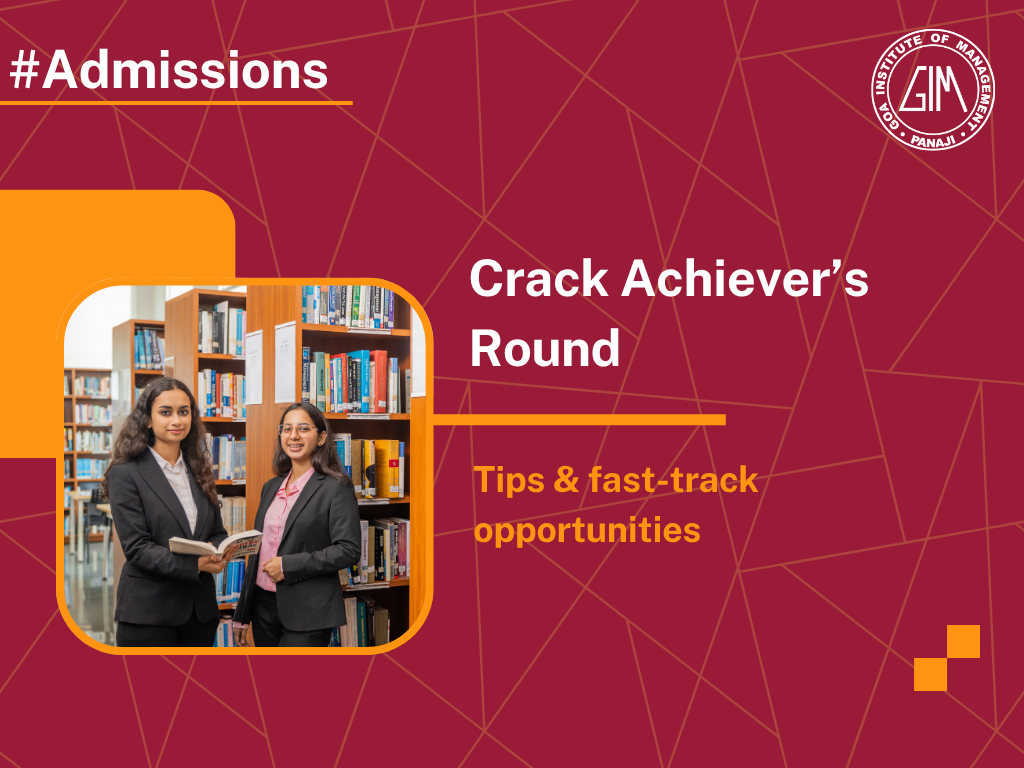Posted by
-
Summer Research Internship Program (SRIP)
-
Summer Internship Program
-
SLRI
-
SEE Learning
-
QS Rankings
-
Pre-Placement Offer (PPO)
-
phd
-
pgdm bda
-
Opportunities
-
nova sbe
-
MDP
-
Marketing
-
IDA
-
Goa Institute of Management
-
GiveGoa
-
GIM Alumni
-
fpm non residential
-
Fpm
-
Executive fpm
-
Event
-
Dual Degree Programmes
-
Dual Country
-
Dr. Hanish Rajpal
-
Doctoral
-
CPPG
-
Convocation
-
Conference
-
Co-LIFE
-
Campus Placement
-
Alumni Success Stories
-
Alumni Reunions
-
Alumni Relations
-
Alumni Office
-
Alumni Impact
-
Alumni Events
-
Alumni Engagement
-
Alumni
-
Admissions
-
achievement
Date
Zero-Effort CX: Orchestrating Intent Across Customer Touchpoints
Customer delight has a new meaning today. And it doesn’t involve a red carpet!
Vinay Pushpakaran
Founder & CEO - Miyagi Learning Solutions
We have all been there. You reach out to a company with what you think is a simple request, and before you know it, you have repeated your details to three different people, switched between two channels, and spent half your lunch break waiting for a resolution. By the time it’s over, you are not impressed, you are exhausted and irritated.
B2B, B2C, D2C across any industry - this scenario can play out pretty much the same way.
The reality today is that most customers are not looking for grand gestures or the proverbial red carpet. They are looking for three things – ease, convenience and peace of mind. In a world where time is scarce and patience is shorter, effort has become the new loyalty killer.
That’s where zero-effort customer experience comes in. Not as a nice-to-have philosophy, but as a core business strategy. Zero effort CX involves stripping away every ounce of friction, anticipating what’s next, and solving problems before the customer feels the weight of them. Because when you make things effortless, you make the 4-dimensional customer sit back, take notice, appreciate and reward you with their trust, repeat business, and their advocacy.
But who is this 4-dimensional customer?
The 4D Customer
The evolution of the customer has accelerated over the past 5 years. The lock-down was the tipping point. It opened doors to limitless knowledge, awareness and unlocked expectations that the market is still adapting to meet. The 4-dimensional customer is more informed, more empowered, more impatient and more demanding. They walk in knowing options, pricing, and reviews, often better than the sales teams. They control the journey and expect choice without friction. They don’t like to wait. For them, speed is not an added bonus. It is hygiene. They are willing to pay a higher price, but they demand outcomes, not mere brand promises.

How to serve, delight and retain this 4D Customer
That is the million-dollar question. But the solution is not as complex or arduous as it seems initially. Build an effortless experience that minimizes the work customers must do to achieve their goal. Make it easy, fast and hassle-free for them to work with you. When brands reduce customer effort, it drives loyalty, lowers cost, and outperforms other delight tactics in service interactions. There is a clear metric for this as well – the Customer Effort Score.
Customer Effort Score (CES)
CES is a single‑item metric capturing how easy it was for a customer to resolve an issue or complete a task, typically measured on a 1–5 or 1–7 scale and averaged across respondents. Loweffort interactions have been found to be closely associated with significantly higher repurchase intent and lower service costs, making CES a practical leading indicator to target in service design and operations.
Zero-effort CX
Zero-effort CX is the discipline of removing customer effort by predicting intent early, routing it to the right resource (bot, system, or human), and resolving it with minimal input from the customer. It blends intent detection, policy-aware automation, and human escalation within one single service blueprint, so that the experience feels seamless, proactive, and trustworthy.
The Way Forward
Putting zero-effort CX into action starts with one simple goal - make every step easier for the customer. That means mapping their journeys to spot and remove unnecessary handoffs, cutting out the need for them to repeat information, and building guided self-service that actually works.
To make these happen, you need to train and lead teams that think ahead, address the “next” issue before it happens, and give them the tools and authority to resolve things right there in the same channel. Even when policies limit what’s possible, experience-design techniques can make the process feel smoother.
Structural fixes like sharing context seamlessly across channels stop customers from having to start over. And to know it’s working, you track the CES alongside measures like resolution rate, repeat contacts, and containment. Then you keep iterating, because the less effort your customers put in, the more loyalty you’ll earn.
As the industry wakes up to the reality of the evolving customer, it becomes imperative to look at the entire business from a customer centric lens. How would YOU want to be served as a customer, not as a business leader? The answer lies somewhere between an easy resolution and a happy post-purchase smile.








